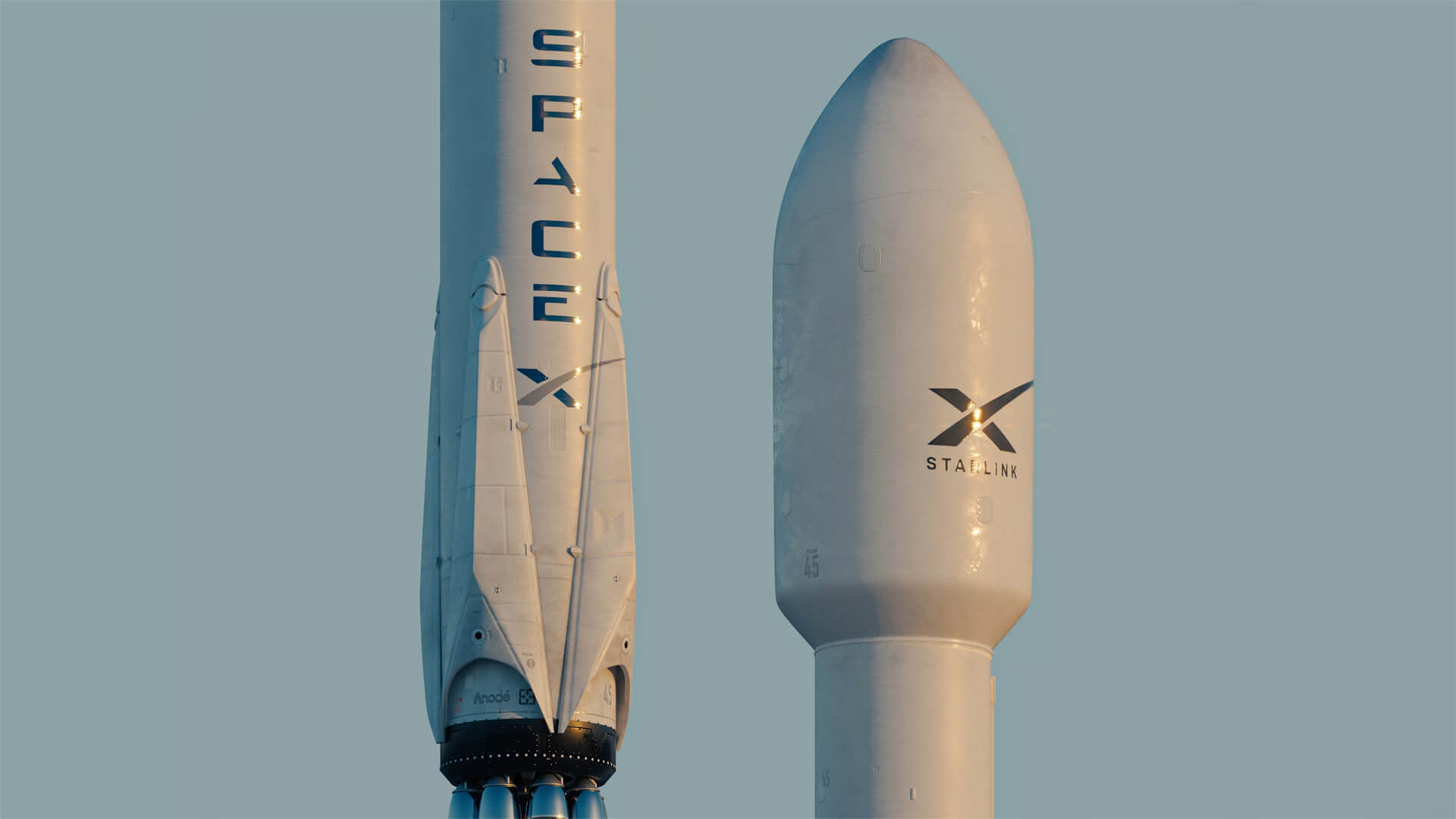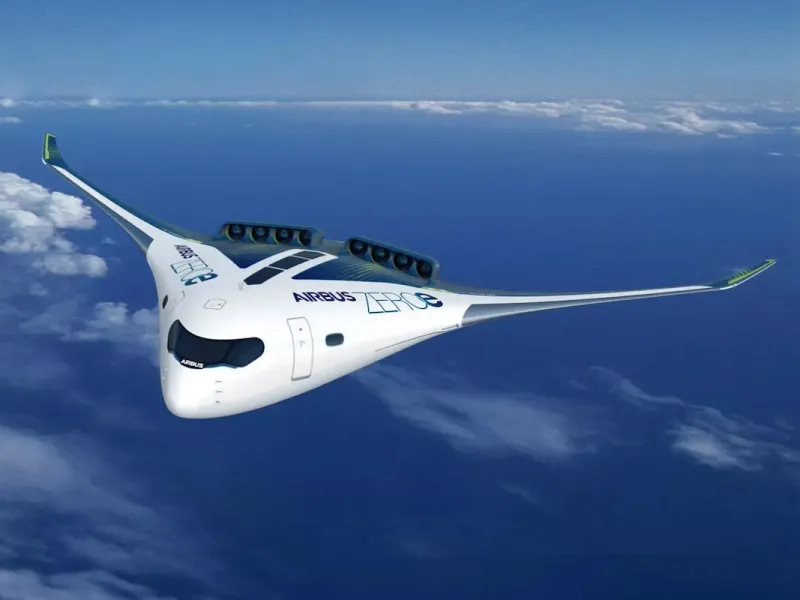Serving as a multinational project, the International Space Station (ISS) is the largest structure humans have ever put into space. The ISS brings together international flight crews, communications networks, engineering and training facilities, and much more to the work of scientists.
What is the ISS?
The idea of living in space was the first step in constructing a way that humans could learn how life functions in space. Orbiting 240 miles above Earth’s atmosphere at 17,500 miles an hour, the ISS served as a collaboration between space agencies around the world. The ISS allows astronauts, engineers, and scientists an opportunity to explore the cosmos of outer space and how living there affects our biology.
Constantly occupied by revolving crews, the space station is the work of five space agencies around the world: NASA (National Aeronautics and Space Administration), the European Space Agency (ESA), Russia’s Roscosmos, the Japanese Aerospace Exploration agency, and the Canadian Space Agency.
Beginning in the 1980s, President Ronald Reagan instructed NASA to build a national space station, declaring that it would escalate scientific exploration. The United States began by partnering with Japan and Europe, then welcomed Russia into the project because they held the most experience in operating orbital space stations. By 1998, all five space agencies were collaborating on the ISS project.
The Structure of the ISS
Being the largest man-made structure ever to float in the orbit of Earth, the ISS took the most skilled technology and scientists to become what it is today. During the construction, scientists used robotic systems and astronauts to assemble the structure by launching each piece into space. The ISS was formulated as a combination of solar-powered cylindrical modules that are cooled down by loops that radiate heat. The ISS consists of two large segments: the U.S. segment, which incorporates contributions from other nations, and the Russian Orbital Segment.
Today, the area of the space station is about the size of an American football field and typically harbors at least three astronauts and a maximum of six. The segments of the ISS generate power to host laboratories and living spaces for the inhabitants. Each astronaut can move between segments that are connected to a larger “mother” framework that supports the station’s thermal radiators. Russia and the U.S. continue to undergo construction on the space station and build a technologically advanced humanoid that will forever serve as a contribution to space exploration.
Why the ISS Is Important
The ISS has become the most revolutionary piece of technology that humans have ever constructed in space, serving the scientific community with many benefits. While growing and learning to adapt to planet Earth, humans have ventured into space to learn more about biology and how life can thrive beyond our atmosphere. The station helps astronauts, scientists, and researchers better understand how life can adapt and grow in space.
Among the many scientific experiments that take place on the ISS, astronauts are continuously testing to see if humans can permanently live in space. By growing plants and human tissues in the microgravity of space, astronauts discover how these microorganisms respond to the space atmosphere.
Conclusion
The International Space Station serves as a remarkable achievement in space exploration, scientific research, and international collaboration. The ISS continues to be a catalyst for discovery and understanding life beyond Earth, offering a gateway for future scientific breakthroughs.



